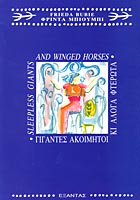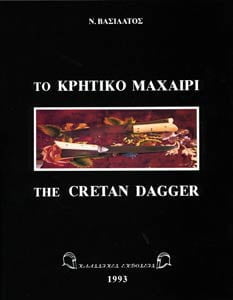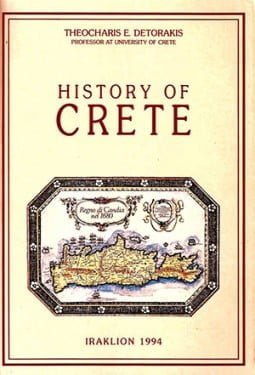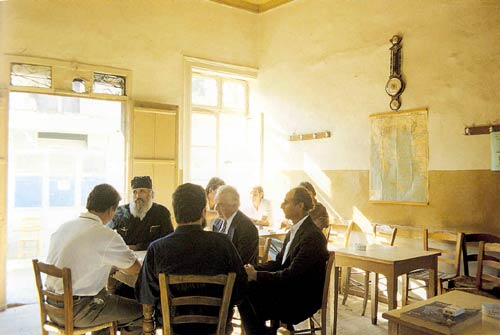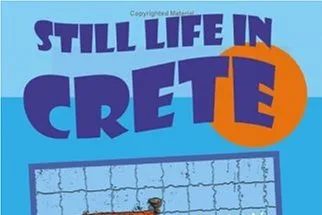CRETE 1960 by John Donat
What is it about black and white photography that is so evocative? Nowadays we rely on holiday snaps with their guessed and guest colour realisation to spur the memories of holidays past, but somehow the subtle variations of monochrome seem to bring back far starker memories.
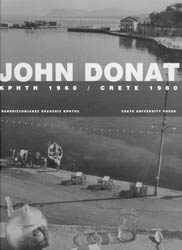
In this splendid book, John Donat, takes us back to Crete circa 1960. This was a time before the advent of mass tourism and – thankfully – before the days of people like me with our disposable cameras. There are140 photographs in all, arranged thematically and covering everything from church frescoes to still life; and stills of life to the distilling of that Cretan fire water, tsikoudhia (raki), captured from a time when, for those lucky enough to have visited Crete, life was far less complicated than it is now.
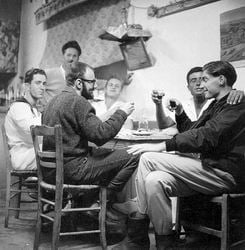
All text within the book is written in both English and Greek and the descriptions which accompany the pictures were written by: the author himself, the artist John Craxton, and the writer and erstwhile British ambassador to Greece, Michael Llewellyn Smith (who also writes a short piece for the book, based on his masterly travelogue “The Great Island”, which was written at about the time the pictures were taken). Whilst the book could be described as paperback, the cover is sturdy enough for this to last many years on ones shelves.
Before we get to the pictures, there is “a brief reminiscence” and a foreword by the author, explaining how, in 1960, his doctor had insisted that he “go away (for) at least three or four weeks, or I refuse to help you” and how that, a meeting with a friend who had just returned from Crete and had seen late Byzantine frescoes that had “reminded him of El Greco”. This was also the opportunity for Mr Donat to see Knossos and Minoan civilization, for the first time, leading to the decision “…Crete it would be”.
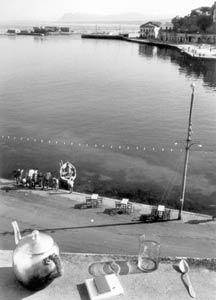
The “brief reminiscence”, tells the story of how the book came to be and is ably told by the book’s editor, Maria Vassilaki. John Craxton mentioned to the author, a lecture about “Byzantine Painting on Crete”, being given by Ms Vassilaki, back in 1984. Mr Donat introduced himself and mentioned that he had taken pictures, during his visit to Crete in 1960 and1961. This was to lead to a viewing and fifteen years later the book was ready to roll off the press. We discover too, that Donat took over 450 black-and-white and 250 colour slides whist in Crete. That the purchase of his “studio home in Regents Park Road” was “made possible” thanks to the profits made on the sale of a painting by David Hockney, acquired for Six Pounds from the artist, (a Hockney painting would now demand a fortune, but so would a “studio home” in Regents Park Road) and that his father is none other than Oscar winner, Robert (“39 Steps”, “Goodbye Mr Chips”) Donat, all of which draws an interesting pen-picture of the author, but it’s the photographs that talk in this book. The picture below, shows the author (far right) in a “Hania Taverna” in 1960.
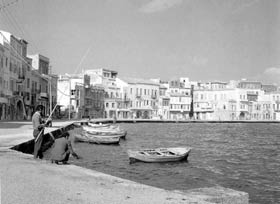
For those that know Crete well, the first thing that strikes one is the places within that have changed so much and yet so little. The front cover shows Chania’s old Venetian harbour as it was in 1960. The same picture appears in sharper detail, on page 23 and we discover it was taken from John Craxton’s balcony. Having not had the pleasure of Mr Craxton’s company and having not been born when this picture was taken, I wonder why I feel as if I were there when that picture was taken and the answer is that Chania has, on the face of it, changed so little in the past 42 years. Yes, there are the awnings of the restaurants and bars below that balcony these days, but if one were to take a picture from that spot now, what exactly would be different from the one that Yannis has reproduced below, other than the quality would, no doubt, be far inferior to the original?
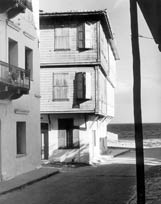
Two more pictures (pages 30 and 31), show Chania’s Venetian harbour and the Northern end of Odhos Theotokopoulou respectively and once again, it’s only the missing awnings and masses of tables and chairs that give away that these pictures were taken over 40 years ago. The building on the harbour are in a far worse state of repair than nowadays, but if you know Chania, you will find yourself identifying buildings that line the waterfront. That’s the fascination. The subtle changes, that enable one to immediately conjure-up last year’s holiday coupled with the knowledge that these pictures were taken before “The Beatles” had released a hit; when JFK was president of the USA and the Minoan palace at Zakros was still to be excavated.
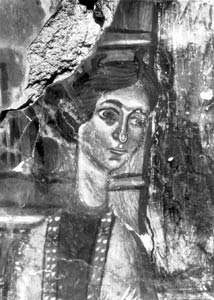
The photographs of churches and their icons are stunning, though to me this section is the least interesting, perhaps because most of those pictures could have been taken yesterday and for the most part, depict scenes from a far earlier time. The frescoes would be better depicted in colour, but as the author points out, his idea was just that – a photography book of the icons of Crete, in colour and I hope that he gets the chance to produce such a book, one day. The beauty of some of the icons is undeniable and I especially like the one below, found at Spina Selinou.
However, it’s the faces that would have changed so much and have been caught for posterity, that move me the most and there are plenty of these to muse over. From the obligatory “papas” to the obliging Pappou and Yiaya, with their grandchildren this is a piece of Cretan history for which we all should be indebted to the publisher’s for sharing with us.
The old wooden chairs, found on page 106, are surely still in use; the little girl with dove, reminds me of a Picasso painting, which hung on my wall in Athens; The animation of the sailor/dancer on page 95, has been freeze-framed, but each time I re-open the book to look at it, I expect him to have moved, such is its clarity, despite the shadowy and slightly blurred quality of the image.
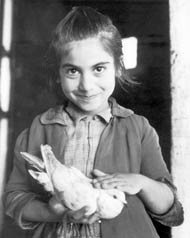
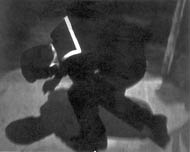
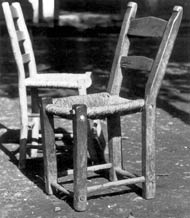
All in all, this is a must have book and one that you will continue to pick up, again and again. A fabulous addition to the Cretan book market.
Review by Stelios Jackson 18/11/2002
© explorecrete.com All Rights Reserved. Reproduction or copying without permission is prohibited.

